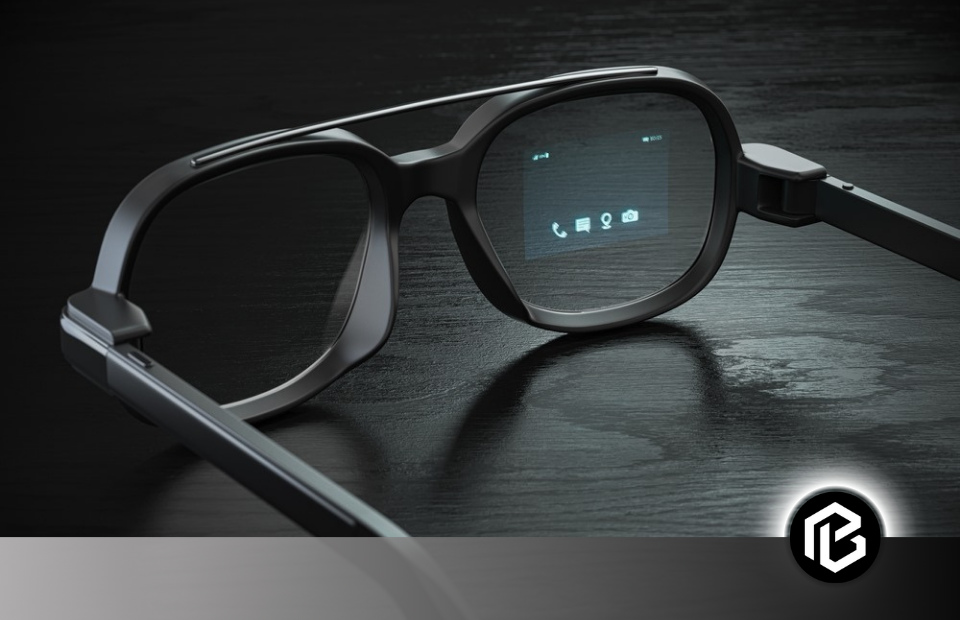Indeed, AI is rapidly advancing and becoming more sophisticated each day. All of the AI advancements play a key role in our lives. So an invisibility cloak is one of them. After the great development of smart glass technology, the Invisibility cloak is an invention which is just beyond our thinking. Invisibility cloaks use transformation optics to bend space away from a planar surface, leaving a gap underneath within which objects may be hidden.
In simple terms “an invisible cloak typically resembles a cape, which is a sleeveless garment”.
In scientific terms, “An object should become invisible to electromagnetic radiation in a specific frequency range, more precisely, the visible light portion of the electromagnetic spectrum, when covered by a functional “invisibility cloak.”
The Physics of Invisibility
In science fiction and fantasy for a long time, and more recently in physics, invisibility has been regarded as a marvel. Physics has developed the idea for invisibility cloaks, but as of yet, no workable tool has been developed that can effectively conceal objects the size of humans, unlike, say, Harry Potter’s cloak.

Because objects bend light waves to fit their shapes, they can be seen by the naked eye. When the light from the objects reaches our eyes, we register these distortions and see the objects. A recent experiment has produced a cloak that, for the first time, can completely conceal small objects of any shape from visible light. Until now, most invisibility cloaks have been created using materials engineered to bend light in a way that manipulates the eye or another device like a radar. However, these have only been effective for tiny objects.
Cloak Design and Structure
A group headed by scientists at Duke University’s Pratt School of Engineering has revealed the first working “invisibility cloak”. It also represents the most widespread approach to invisibility. Prior scientific methods for attaining “invisibility” frequently depended on reducing electromagnetic wave reflection. Researchers have attempted to create cloaks with electromagnetic properties that cancel out the properties of the object they intend to hide in other experiments. Only very specific objects could be hidden by a given cloak in the latter case.
Invisibility in ten milestones
Important advancements in the field of invisibility cloaks have occurred in recent years, though not as dramatically as the work of Donghua University’s team. These are a few noteworthy occasions:
- 2006: US researchers at Duke University reveal the first cloak, albeit one that only uses microwaves and is restricted to two dimensions.
- 2007: The British Army tests an “invisible” tank that hides the vehicle by using a combination of projectors and cameras to create a false image.
- 2008: To achieve invisibility effects, the University of California carries out initial trials with metamaterials, which involve changing the direction of visible and infrared light.
- 2010: According to Nature, two researchers are developing a metamaterial made of calcite crystals that might provide reasonably priced invisibility.
- 2011: The University of Texas uses carbon nanotubes to demonstrate advances in invisibility.
- 2012: A further technological advance was made by Duke University when they developed an invisibility system that can block out objects as small as a few centimetres.
- 2013: The University of Texas improves its technology for invisibility, making a material as thin as 0.15 mm effective.
- 2014: Regardless of the observer’s position, the University of Rochester can effectively make small objects that are only a few centimetres visible.
- 2015: A researcher from the National Science Foundation in the United States receives the Waterman Award for developing metamaterials that can conceal three-dimensional objects.
- 2019: A Canadian manufacturer of camouflage apparel introduces Quantum Stealth, a paper-thin substance that uses lenticular lenses to hide vehicles and soldiers.
Well, Science has some good news for you: Invisibility cloaks are not just possible but are becoming a reality.
The invisibility cloak is functional

An invisibility cloak works on the basic principle of controlling light rays to aim them toward objects that are hidden behind the cloak. Light bending is essentially the goal since the typical responses are either light absorption, which darkens the background, or light reflection, which brightens and reveals the object. To become invisible, three main strategies are investigated:
Metamaterials
Using materials with purposefully created electromagnetic properties that do not occur naturally is one theoretical technique. These substances can deflect or bend light, making objects invisible to the unaided eye.
Optical Manipulation
Additional research explores the possibility of bending light around an object, making it invisible, through lenses or other optical devices.
Techniques for Camouflage
A third approach makes use of projectors and cameras to simulate invisibility. Projectors replicate images captured by cameras from the opposite side, giving the impression of transparency.
The invisibility cloak of Donghua University

Professor Chu Junhao of Donghua University recently revealed what seems to be the most practical invisibility cloak to date at a scientific conference in Shanghai. He described it as a sheet with several rows of cylindrical convex lenses during the demonstration. Light refraction can occur when an object parallel to a lens is compressed. As a result, the image is broken up into millions of identical particles that are too similar for the human eye to distinguish between. According to Junhao, this technology has the potential to “change our lives.”
Conclusion
The invisibility cloak, which conceals objects from view, was once thought to be an impossible scientific feat. However, with extensive experience and research beginning in 2006, it was proven to be feasible at the Donghua University’s team in China.
Frequently Asked Questions on Invisibility Cloak
How does the invisibility cloak work?
The invisibility cloak works by manipulating light waves using advanced materials or metamaterials that can bend light around an object, creating the illusion of transparency or invisibility from certain angles.
What are metamaterials, and how are they used in invisibility cloaks?
Metamaterials are artificial materials engineered to have properties not found in natural materials. In invisibility cloaks, metamaterials are designed to have negative refractive indices, allowing them to bend light in ways not possible with conventional materials.
What are some challenges in creating practical invisibility cloaks?
Challenges in creating practical invisibility cloaks include achieving invisibility across multiple wavelengths of light, maintaining cloaking effectiveness from all viewing angles, and scaling up from laboratory demonstrations to real-world applications.
What are some potential applications of invisibility cloaks beyond Harry Potter-like fantasies?
Potential applications of invisibility cloaks include military stealth technology, surveillance and reconnaissance, medical imaging and diagnostics, telecommunications, and optical devices such as lenses and sensors.





